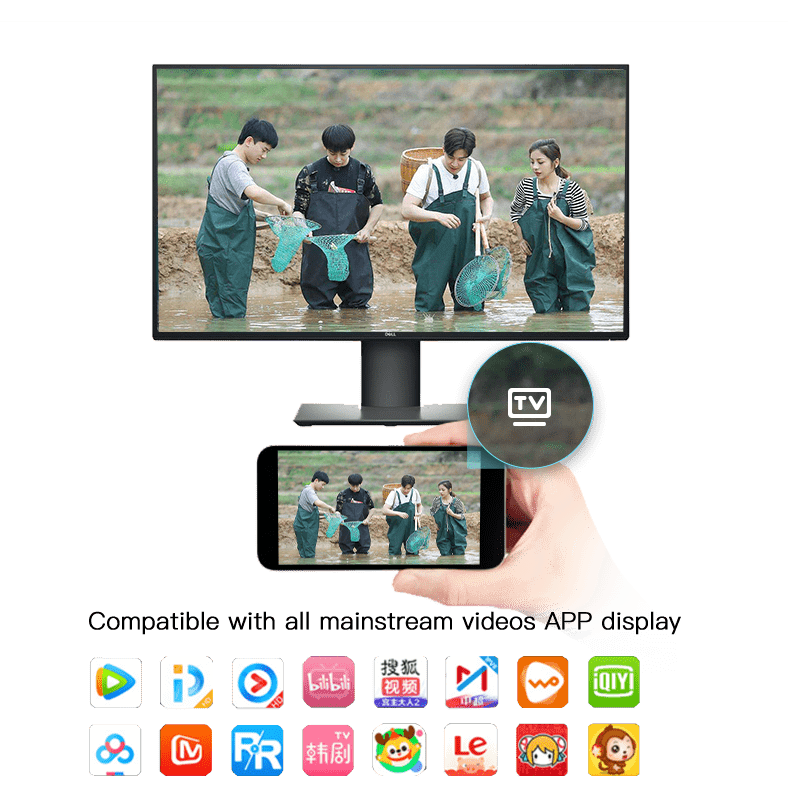DLNA screen mirroring-How to use Android DLNA screen mirroring?
Digital Living Network Alliance (DLNA) is a multimedia wireless push technology that can push multimedia streams such as videos, music, photos, etc. from mobile phones to TVs or other devices that support DLNA. The following are the steps to use Android devices to cast screens through DLNA:
- Select devices that support DLNA:
- Firstly, make sure you have a TV or other display device that supports DLNA, such as a projector, speakers, etc.
- Ensure that these devices are connected to the same Wi Fi network.
- Check and enable the phone’s DLNA function:
- On Android devices, go to the “Settings” menu and find the “More Connections” or “Connections and Sharing” options.
- In this option, search for settings related to DLNA or screen mirroring and ensure that they are enabled.
- Using a video app for screen mirroring:
- Open video apps that support DLNA, such as Tencent Video, iQiyi, etc.

-
- When playing a video, check if there are buttons or options related to screen mirroring or DLNA. Usually, this button may be labeled as “TV”, “screen mirroring”, or similar names.
- Click this button, and your phone will search for nearby DLNA devices.
- Select your TV or other display device from the list of devices found in the search.
- Start screen casting:
- Once the connection is successful, the video content on the phone will begin to be transmitted to the TV or other display devices through DLNA technology.
- At this point, you can watch video content on your phone on a TV or other device.
It should be noted that not all apps support the DLNA screen mirroring function, and different apps may have slightly different operation methods during screen mirroring. In addition, the main push of DLNA screen mirroring is multimedia streams such as video and audio, rather than real-time mirroring of mobile phone screens. If you need to project the content of your phone screen, you may need to consider other options such as Miracast.
If you encounter any problems during use, it is recommended to consult the device’s manual or online help document for more detailed guidance and support. At the same time, ensure that your Android device and TV or other display devices that support DLNA are updated to the latest version for the best compatibility and feature experience.